Watching Plants Creeping Northwards
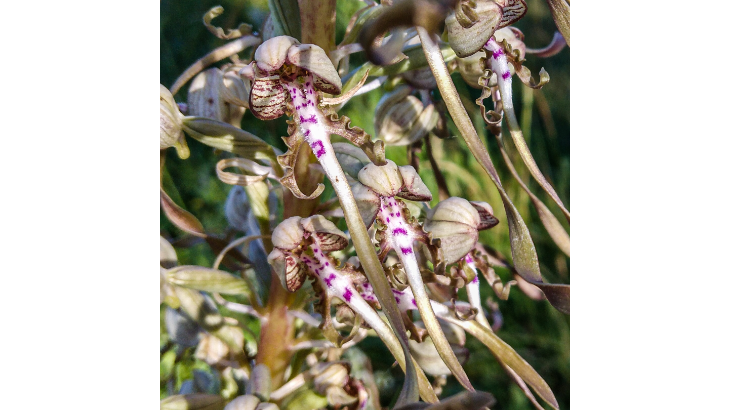
Brian Laney, one of the Northamptonshire County Recorders of plants, talks of four species that are making their way north due to climate change.
In recent years several wild plant species have appeared in the vice county of Northamptonshire which have never been seen in the county before ('vice county' refers to the old county of Northamptonshire, which includes the Soke of Peterborough). Some of these plant species were once rare in the UK but have made a major spread in their distribution and have been affected by climate change making it suitable for these species to have spread. At least four wild plant species come to mind where this has happened, they have reached Northamptonshire and are still spreading into certain other counties including heading in a northward direction in the country.
Early meadow grass (Poa infirma) used to be only known from the Isles of Scilly, the Channel Isles and Cornwall. However, it was first recorded in Northamptonshire by Paul Stanley who spotted it from his car on the side of the A43 at Moulton. Since Paul’s find there have been at least 12 sightings of this species including growing around the car park of the Motel and the Little Chef by the A43 at Towcester. Early meadow grass is very light green in colour and is an early flowerer, flowering in late Feb into March. This could explain why the species could be missed due to its early flowering period.
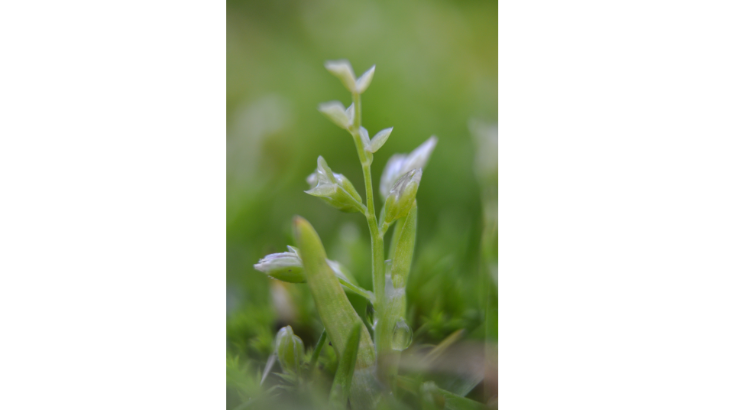
Jersey cudweed (Laphangium luteoalbum) was at one time only known from Holkham Pines in North Norfolk, Dungeness in Kent and Holton Heath in Dorset. Jersey cudweed was first seen in Northamptonshire by Terry Wells in 1990 at Peterborough. There were no more records for this species until 2019 when it was found at Yarwell quarry by Ryan Clarke. This species has really taken off in the UK in recent years especially in urban areas including here in Northamptonshire. The species has been found by Brian Laney in Ryehill and New Duston in Northampton and even in the grounds of a garden centre at Burton Latimer. In 2022 Simon Hales found the species in a street in Higham Ferrers. In some parts of the UK the species has come up between the brick paving of people’s driveways and this could well happen in someone’s driveway here in Northamptonshire in the near future. Jersey cudweed is a late flowering species and can be seen in flower in September.
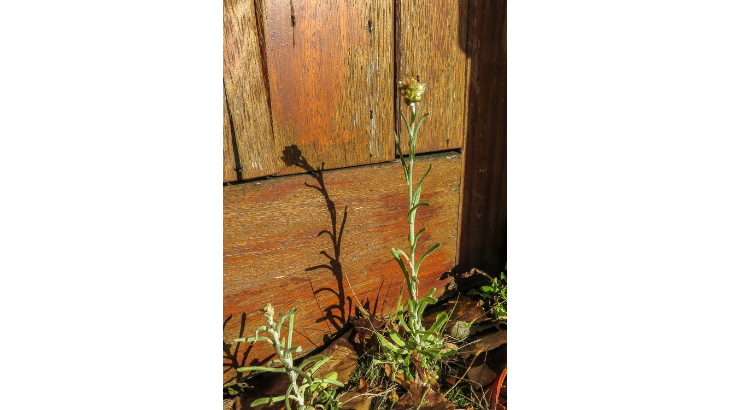
Four leaved allseed (Polycarpon tetraphyllum) was once only known from the Isles of Scilly, The Channel Isles, Cornwall and South Devon. Again in recent years the species has really taken off and it’s starting to show up in the Northants vice county. Four leaved allseed was first found by Kevin Walker and Peter Stroh in 2015 at Bourges Boulevard Business Park, Peterborough, within the Northants vice county. Since then a single plant of the species was found at Whilton Locks and New Duston by Brian Laney, and Martin Dove found several hundred plants in a street in Northampton. It’s a species that flowers in the summer with small white flowers that open in the sunlight.
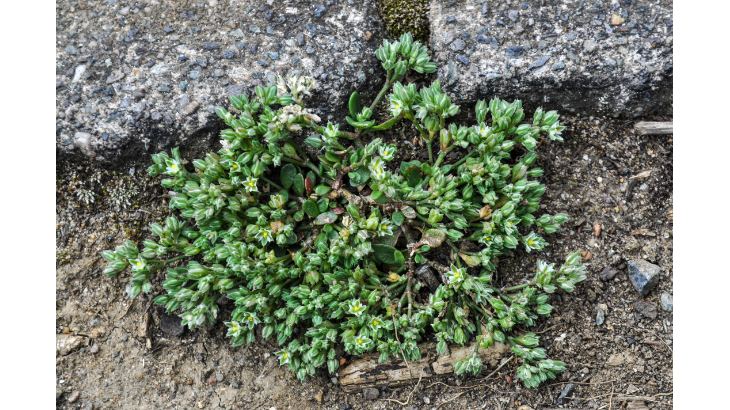
Lizard orchid (Himantoglossum hircinum) is a very distinct looking orchid that is fully protected by The Wildlife and Countryside Act. At one time in the past the species was only known from Sandwich Bay in Kent and Devils Dyke in Cambridgeshire where the species still occurs today. However again in recent years this orchid has really taken off spreading west as far as Somerset and as far north as Doncaster in Yorkshire. The first Northamptonshire record was by Sean Karley in 2017 at Swaddywell Pit. Sadly, the plant was not seen again even though there have been several checks by various botanists. Then in 2022 people from the Northants Wildlife Trust found a large flowering specimen at Ring Haw. This orchid is very spectacular when it flowers with one botanist mentioning it looked like a maypole with its streamers. Some people suggest the flowers smell like a Billy goat! Lizard orchid has a wintergreen rosette meaning the leaves are above ground over the winter months. The rosette of this species is quite light green in colour. It’s very possible more of these rosettes of this great species could be found even in urban areas in Northamptonshire including mown verges and even peoples’ lawns!
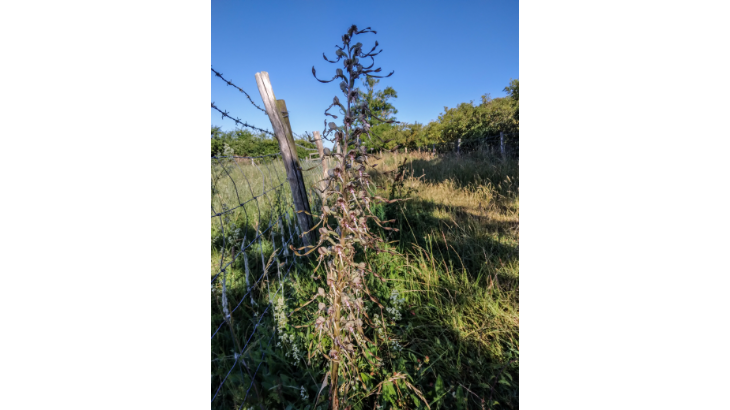
With all four of these species mentioned it is very likely more populations will be found in the vice county of Northamptonshire so keep your eyes open and both Brain Laney and Alyson Freeman, the two Northamptonshire County Recorders for plants will appreciate the records. Well any plant records people see are always appreciated!
If you have a plant to report, then you can contact Brian or Alyson on their email below:
brian.laney@gmail.com
alysonfreeman0@gmail.com
You can also look at the Northamptonshire pages of the Botanical Society of Britain and Ireland: https://bsbi.org/northamptonshire
